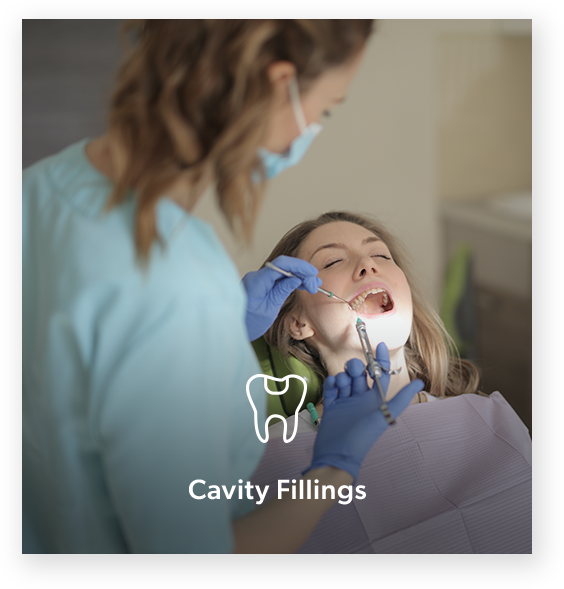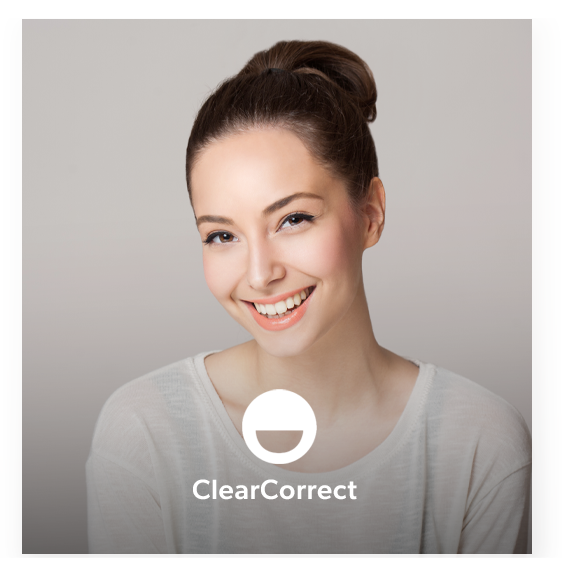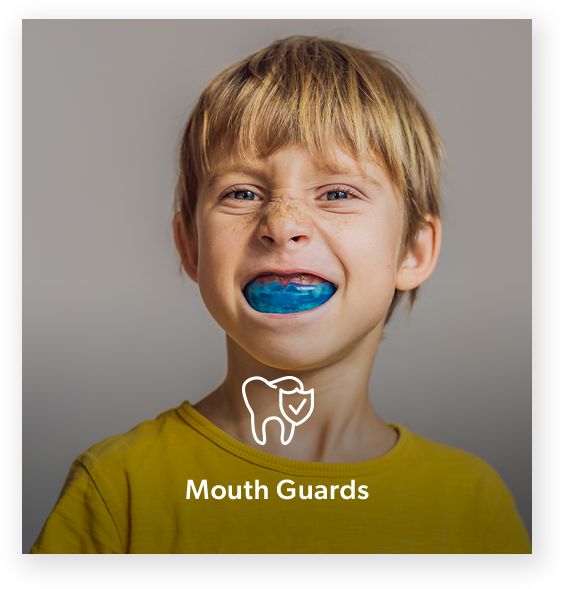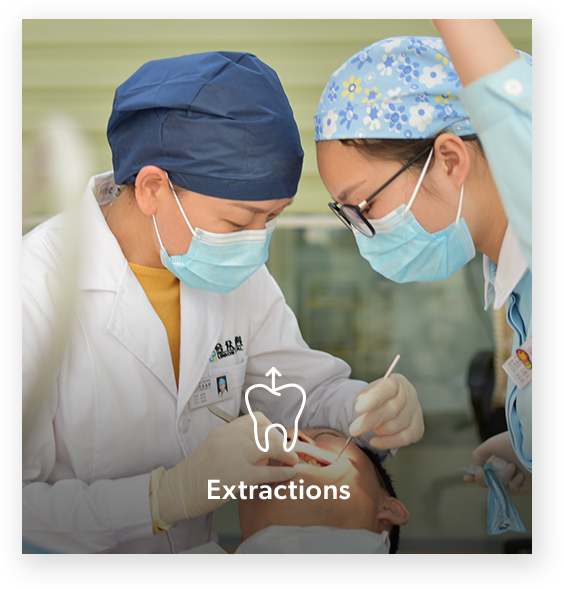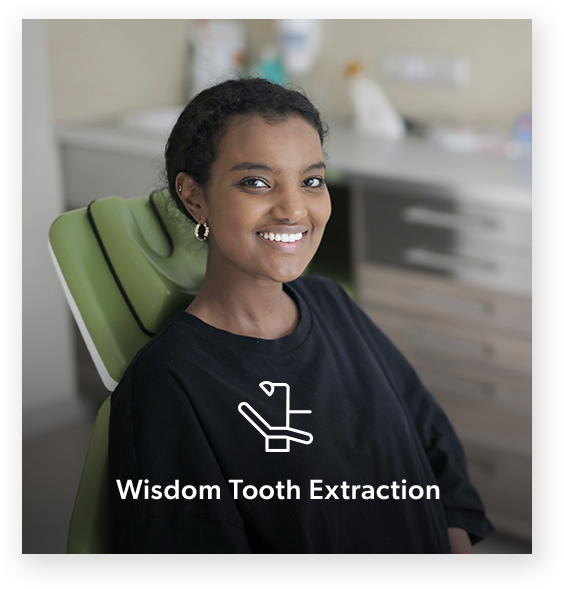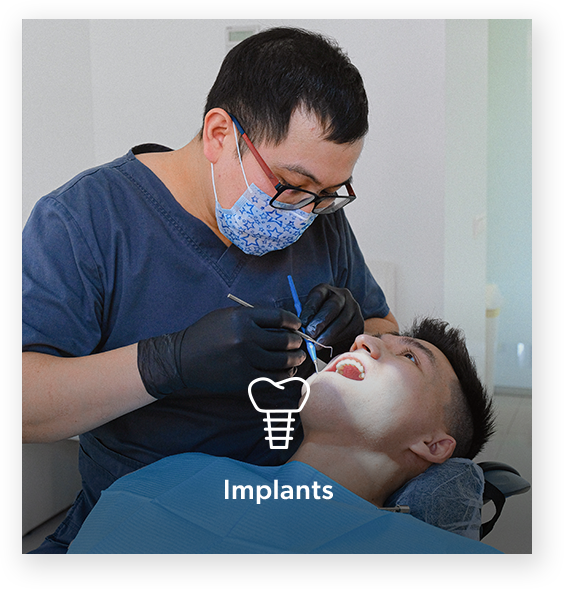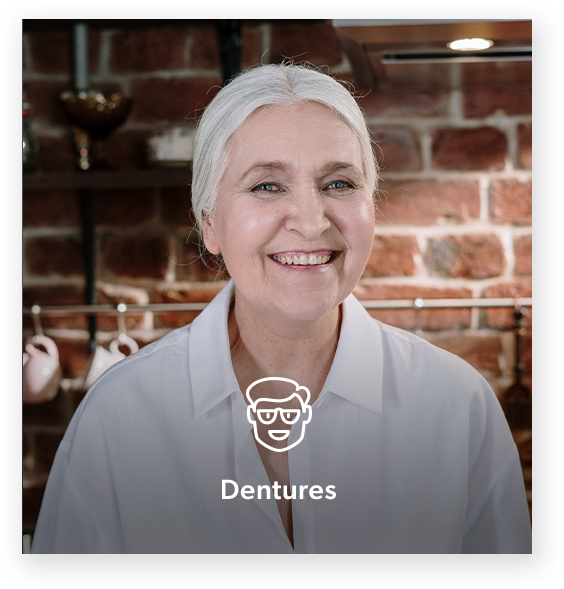Root Canal

Root Canal Therapy may be performed on a tooth for a variety of reasons. They have been performed for a long time (possibly a thousand years). The most common reason is infection. When a cavity becomes large and extends into the pulp (or nerve) of a tooth it will become infected. This infection usually starts off as a toothache, if left untreated the toothache will sometimes go away on its own.
This happens because the tooth becomes necrotic (literally dead). This stage is usually pain free until the infection builds further and now the tooth may abscess or swell up. A root canal should always be performed as soon as possible since the cavity in the tooth is growing as well to prevent an abscess from forming.
Learn more about root canals by reading our case studies:
A root canal may also be needed for the following reasons: retention for a post or buildup. Tooth has a large crack. Tooth is starting to discolor. Tooth becomes painful after a deep filling has been placed.
What is a root canal?
The simplest way to describe a root canal is “a filling for the root of a tooth”. The objective of a root canal procedure is to clean out the canals in the tooth’s root and then to fill the sterile space with filling material (usually a rubber based material called gutta percha). The procedure itself is usually pain free. It will just feel like a longer fillings appointment. Prices for root canals vary depending on how many nerves a tooth has. Front teeth generally have 1 nerve, bicuspids will have 1 or 2 nerves, and molars will have 3 and sometimes 4 nerves. Very rarely a tooth will have more than 4 nerve canals.
This chart shows the steps taken during a root canal.
What technology does Summerlea Dental use for Root Canals?
- Our files are all single use.
- We use single use lubricant.
- Elements Obturator – ensures the most dense 3-dimensional fill (as opposed to a one size fits all method)
- Digital XRays – can take quick images during procedure to ensure accuracy. Can also use software to measure length of tooth
- Root ZX – digital indicator to measure canal length to .1 mm accuracy.



